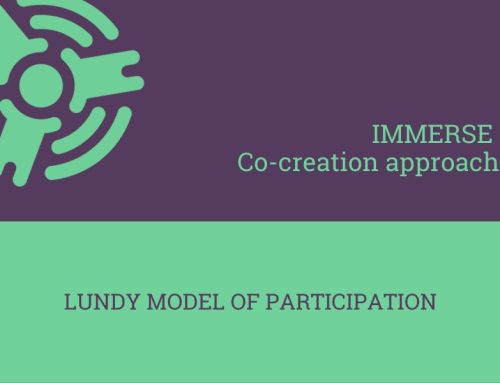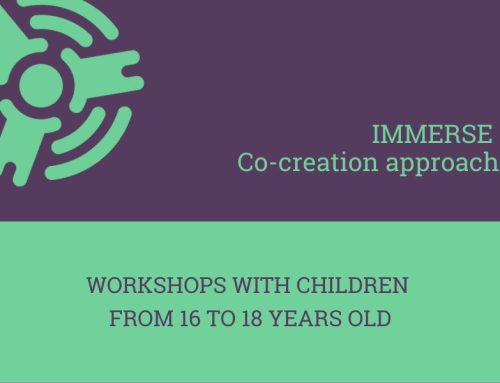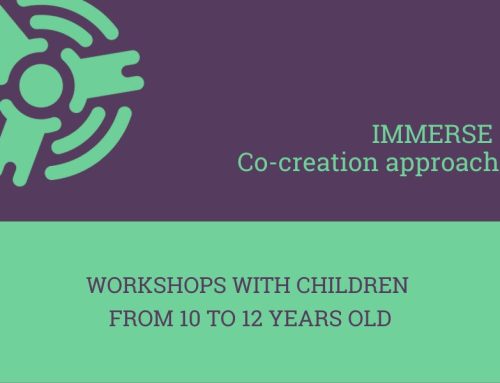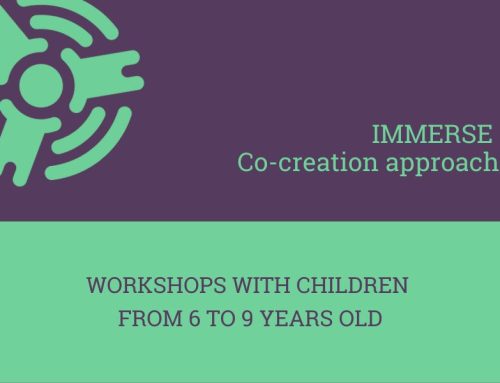The Brick Team Exercise
| Strengths
The exercise can be used as a warm-up for projects and other planning processes. It can also be used in team building. Weaknesses Conversation. Aim Start a team building process and teach participants how to most effectively communicate for a productive outcome. Objectives
Materials
|
Procedure Participants to build a structure using index cards, masking tape, and wooden sticks. This structure must be able to support “unaided” a brick (facilitator will provide details). The heights of the structure must be at least 25 centimetres (10 Inches). The brick must be placed at the top of the structure. This structure must be built at the lowest possible costs and the material can only be bought from the facilitator. No other material can be used. You have 20 minutes to build your structure. No “rewards” will be given if a team completes the structure in less time. No team will be able to test their structure with the brick until all teams have finished. The team building a structure that meets the specifications at the lowest cost wins. Challenges may arise if some participants do not agree upon a certain point. This will require everyone to discuss and negotiate a solution together. Debrief Ask the team about what they learned about:
|
|---|
Tug O’War
| Strengths
Short fun game to break up discussion with some fun physical activity. It’s a possible way to regain energy of the group after a break and continue with workshop contents. Weaknesses If the group already had energizers and members are energetic, it could possibly get out of hand and violent. Facilitator should be focussed on the group and warn members. Aim Demonstrate how creativity is critical to nonviolent problem solving. Objectives
Materials
|
Procedure Without discussing the name or objectives of the exercise, ask all the participants to pair up. Have the pairs face each other with both their left or right feet forward and touching toe to toe, and the opposite hands clasped as in a hand shake. Tell the group that there is a line between each pair of touching feet and that when the facilitator says, ‘Go’, everyone’s goal is to get their partner across that line into your own space. Watch for any pairs that do something different. The facilitator can stop the pulling at any time by saying, ‘Stop’, usually just a few seconds will do. Do not let it get so out of hand that someone might get hurt. Ask the group what happened. Generally, the bigger or faster person won. This doesn’t take much discussion. If any pairs came up with a solution other than trying to pull each other across, have them describe and demonstrate for the group what they did. If not, take a random participant and get in the starting stance. Now, say to this participant, ‘Let’s trade places’, and with hands still clasped slowly rotate until the facilitator and participant have switched locations.
|
|---|
Two, four, eight exercise
| Strengths
Session can bring a group closer together and gets the members to realise that they have basics in common. They also learn how to communicate non-violently with each other during arguing for their own principle. Weaknesses Session is time-intensive and needs concentration and motivation from the members. Can be done also more rapidly with less discussion; however it is worth allowing ample time for this exercise. Aim Allow deeper discussion on the personal and principled dimensions of nonviolence. Objectives
Materials
|
Procedure Begin with a brief outline of consensus. It is based upon trust and respect-it is important to allow ‘emergent’ ideas and solutions; the aim is not to own your own ideas too strongly to find principles that best reflect where the group is at.
Different groups will arrive at different principles. It is sometime worth showing a chart of list of principles as developed by Martin Luther King or others as an example of what other activists have seen as important. |
|---|
Warm up: Machine
| Strengths
Suitable for rather short warming up and earning each other’s trust. Also, it is appropriate for getting to know each other and raises the attentiveness of the participants. Weaknesses Session is not suitable if the group is already energetic, as it calls for attention and sensitivity. Aim The participants get to perceive each other in their movements and behaviour and earn each other’s trust. Objectives
Materials
|
Procedure The group members line up in one side of the room. One participant goes into the room, searches for a position and performs one simple movement that repeats itself. To that movement the person makes a suitable sound. Likewise, a second person joins the first one and performs a simple movement and articulates an appropriate sound. The movements and sounds of both participants should intertwine. Little by little all the other group members join, so that everything results into a complex construct of movements and sounds. Variation: When the machine is finished, the speed of movements and sound can be raised, until a maximum is reached. Afterwards the machine slows down, until it stands still. Advice: During the game it’s helpful to imagine an assembly line, a press, etc. You could build the machine multiple times and pay attention that the single parts of the machine mesh better and better. |
|---|





